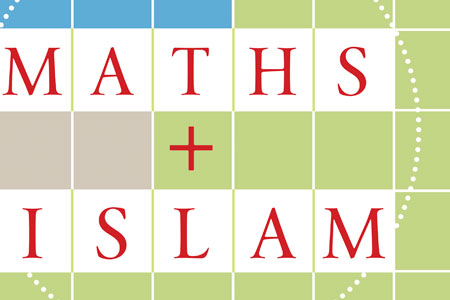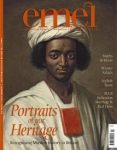
Maths + Islam
Issue 88 January 2012
Ever wondered how we arrived at a numerical system with fractions, decimals and algebra? Ali Khimji does the maths to find the role that Muslim mathematicians played in the field.
One thing that has always perplexed me is our relationship with numbers. It may seem like the counting system that surrounds us is intuitive, but is that because it is so engrained within our culture and understanding that we believe it to be. It is intriguing to find out how we got to the sequence of zero, one, two, three and so on, and how we developed fractions and decimal points.
If we travel back to the Muslim lands of the 10th century, we would see a completely different landscape in the world of numbers. There were three different types of arithmetic in use, and all were used interchangeably so anyone who sought to be proficient in mathematics had to learn all three. The first was finger-reckoning arithmetic, which involved counting on fingers and using numerals written in words. And whilst that may seem relatively simple, it was tedious in the sense that instead of being able to write 2146, one would have to write two thousand, one hundred and forty six—imagine how many exercise books you would have used up in school!
The second type was a sexagesimal system, pioneered by the Ancient Babylonians in the 18th century BCE. This differed from our current decimal system, which changes units every ten, in such a way that is based on sixtieths of the next highest unit. For example, 61 would be written as (1,1), which means that there is one multiple of 60 and another which is equivalent to 1/60. Similarly, 62 would be (1,2), 63 would be (1,3), and so on. For larger numbers, such as 127, this would be written as (2,7), as it corresponds to two multiples of 60 and a further unit of seven. Muslim mathematicians took this system and developed it so that characters from the Arabic alphabet were used to represent numbers instead, similar to the Roman numeral system, where the numbers from one to nine were represented by nine letters, then 10, 20, 30 all the way up to 90 would be represented by the next nine letters, and then 100, 200, 300 up to 900 were represented by the next nine letters. The one letter left ever would represent 1000. However, this meant that people had to use a pool of 28 characters to be able to write any number, whereas the modern system means that we can write any number using ten characters. This alphabet-based numerical system was made worse by the letters not being used in their alphabetical order!
The final type is the one that our modern system is based on. It was developed from an Indian version, and used numerical characters...
Bookmark this |
|
Add to DIGG |
|
Add to del.icio.us |
|
Stumble this |
|
Share on Facebook |
|
Share this |
|
Send to a Friend |
|
Link to this |
|
Printer Friendly |
|
Print in plain text |
|


Comments
0 Comments